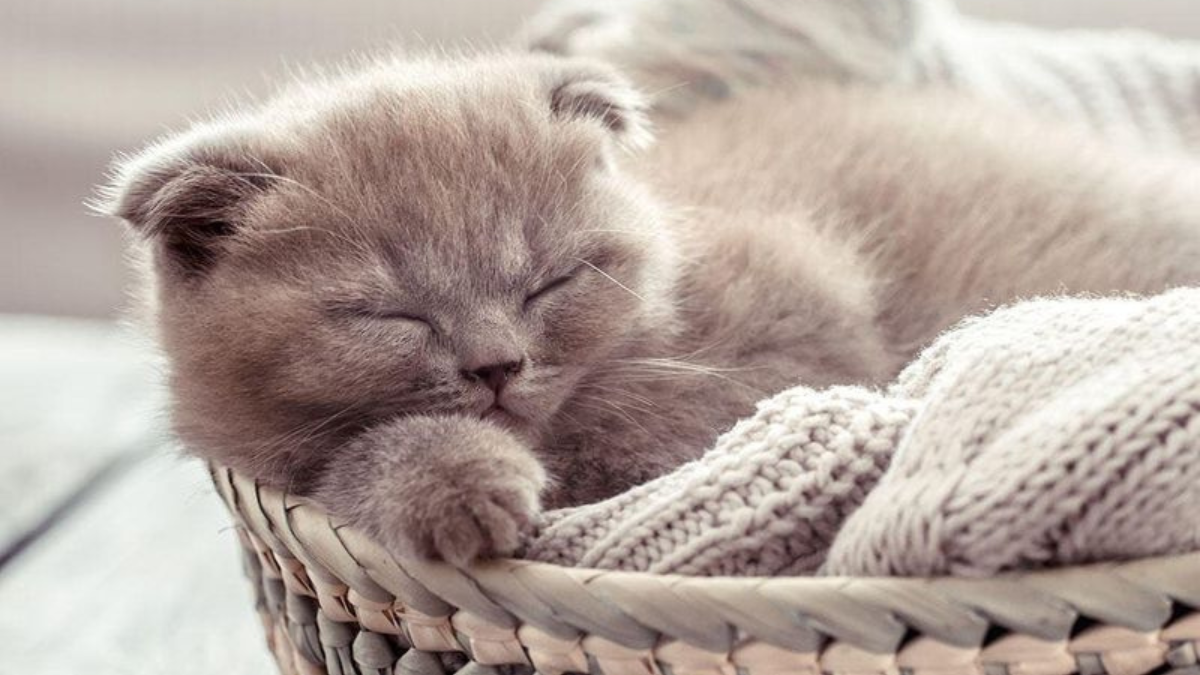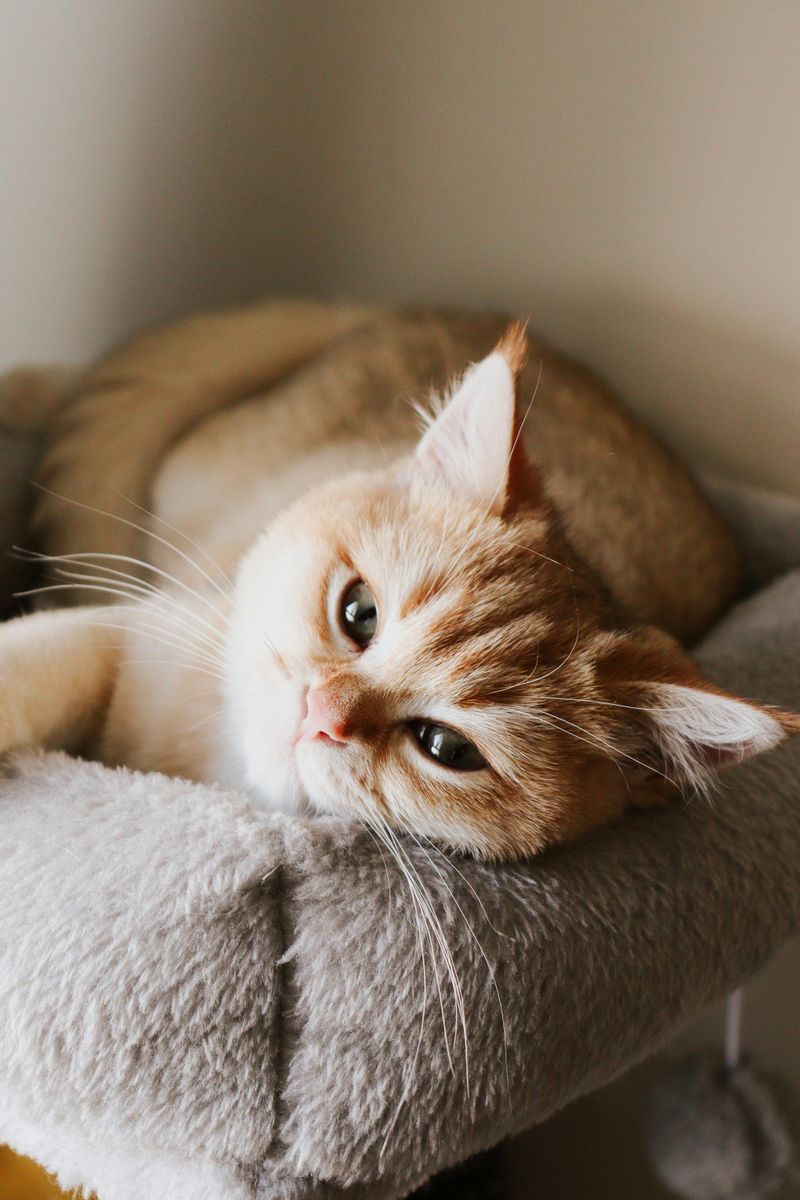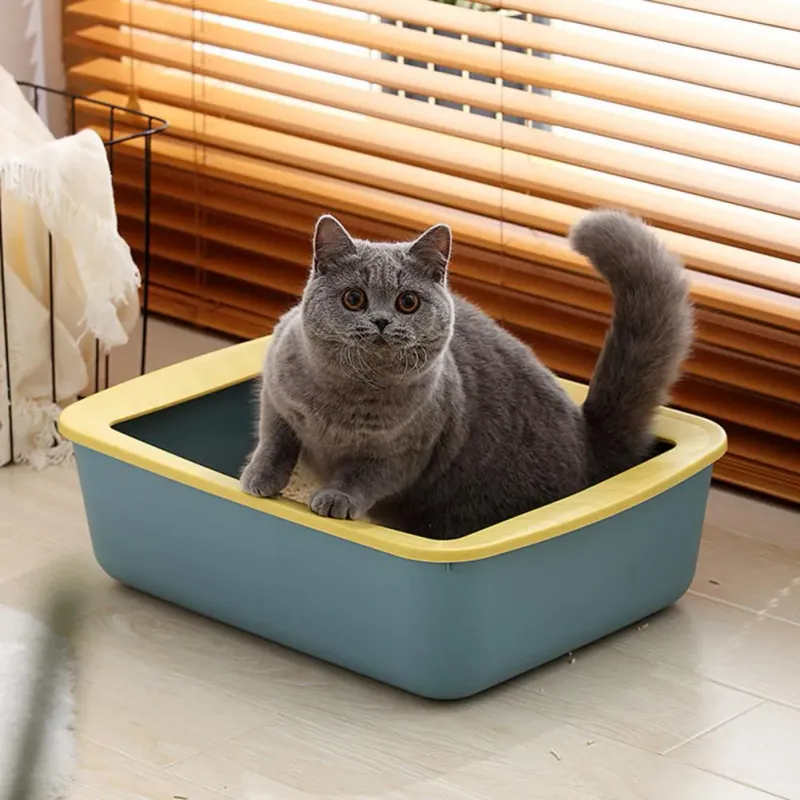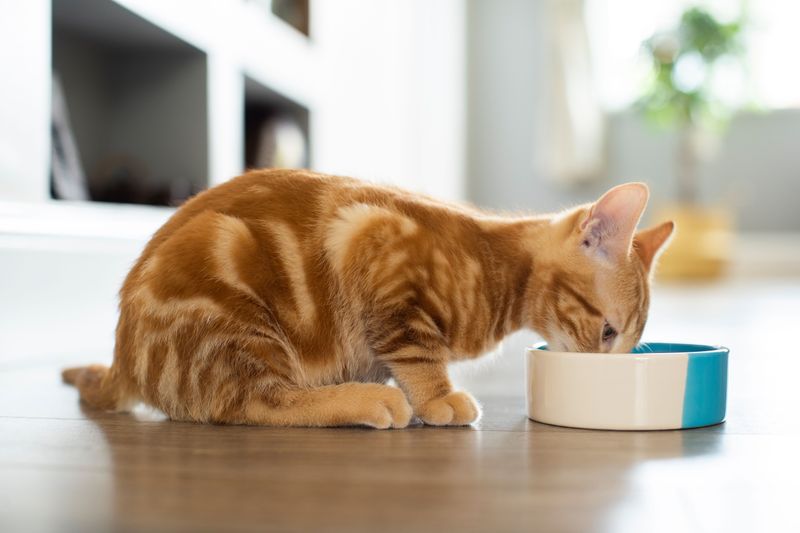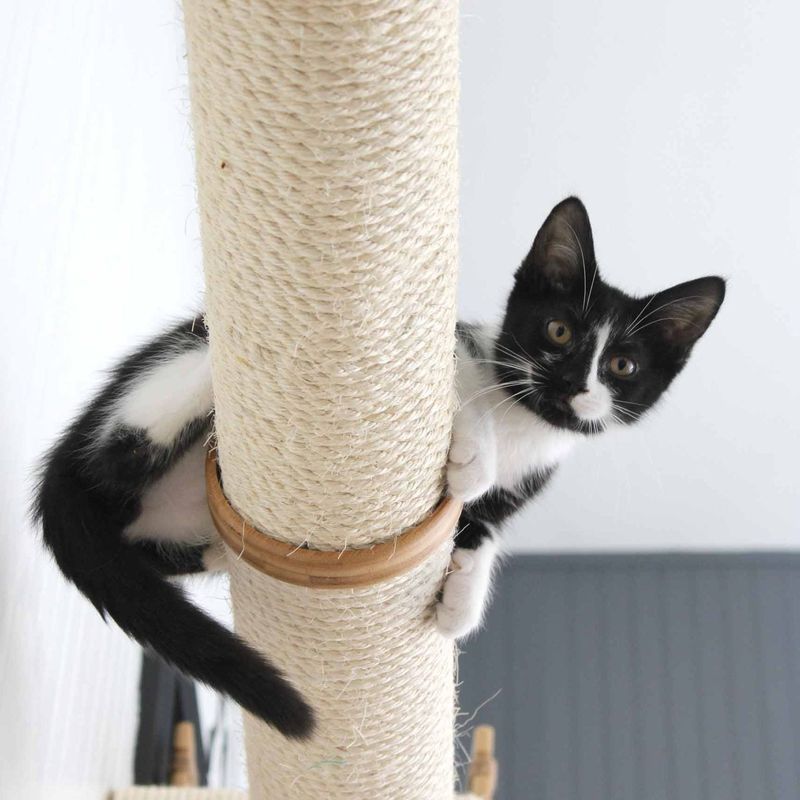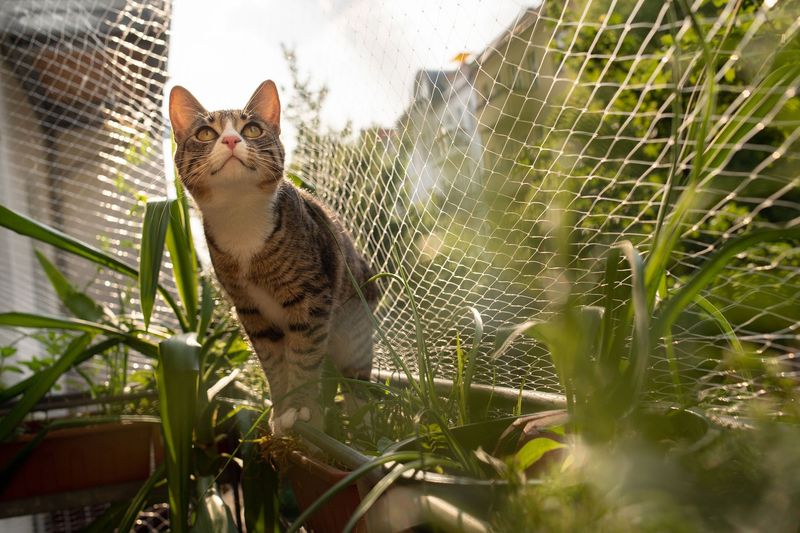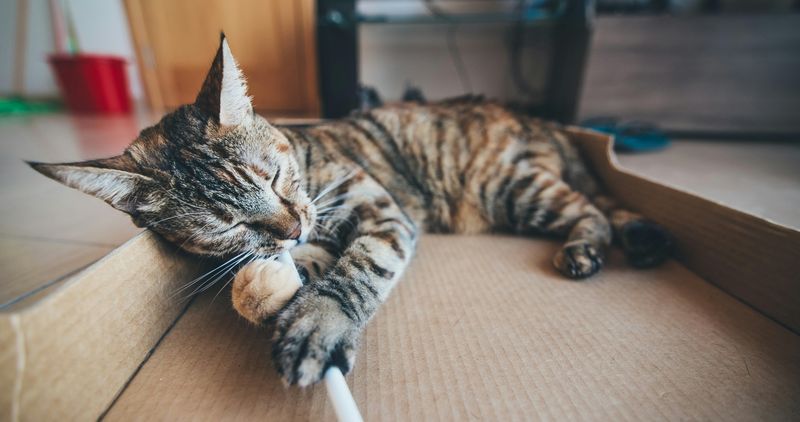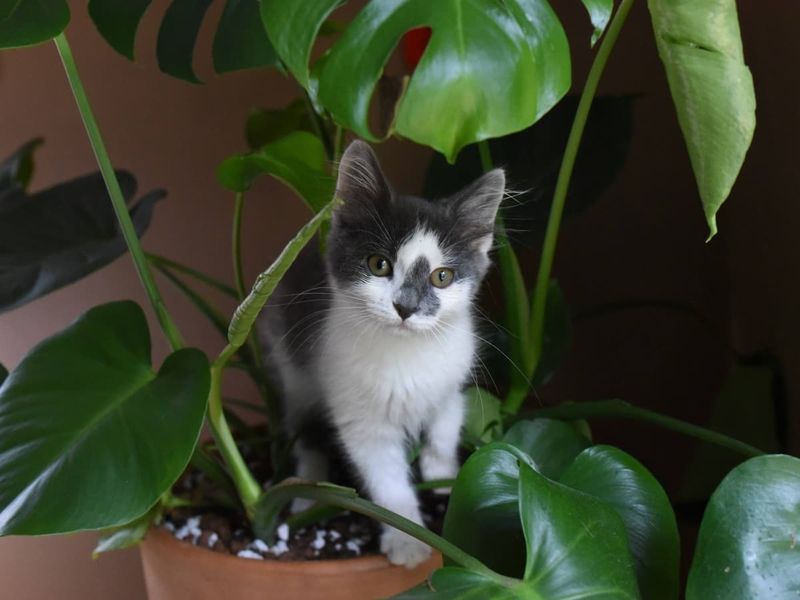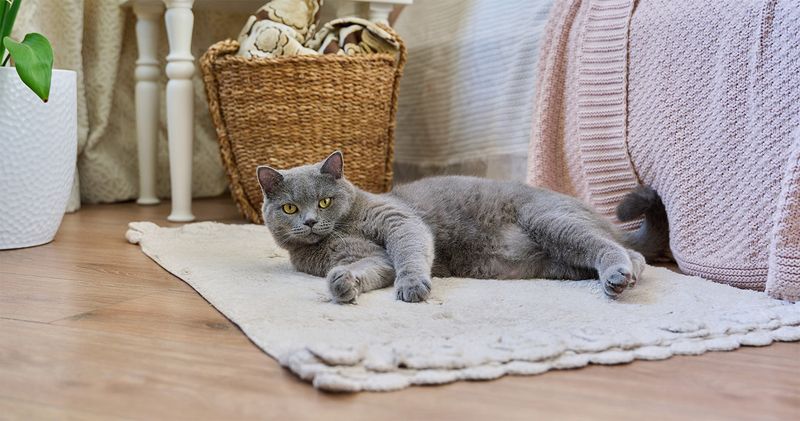📖 Table of Content:
- 1. Create a Safe Space
- 2. Invest in Quality Litter Box
- 3. Provide Fresh Water and Food
- 4. Set Up Scratching Areas
- 5. Offer Cozy Sleeping Spots
- 6. Secure Windows and Balconies
- 7. Organize Playtime Activities
- 8. Introduce Vertical Spaces
- 9. Choose Cat-Friendly Plants
- 10. Set Up a Feeding Schedule
- 11. Create a Calm Environment
- 12. Pet-Proof the Home
- 13. Introduce New Scents Gradually
- 14. Regular Health Check-Ups
- 15. Provide Social Interaction
- 16. Introduce a Routine
- 17. Invest in Interactive Toys
- 18. Monitor Behavior Changes
Bringing a new cat into your home brings excitement and joy, but it also requires preparation. Creating a safe, comfortable environment is key to ensuring your new feline adjusts well. The right setup helps your cat feel secure and welcomed from day one.
Preparing the home is about more than just filling a food bowl and providing a bed. It involves making sure the space is cat-friendly and free of hazards. Thoughtful changes, like setting up a quiet space and organizing essential supplies, can significantly ease the transition.
A few simple steps can go a long way in making the home feel inviting. From choosing the right toys to providing scratching posts, it’s important to consider your cat’s natural instincts and preferences. Taking time to prepare ensures a smooth and positive introduction to your new companion.
1. Create a Safe Space
When welcoming a new cat, designating a safe and quiet area is vital. Choose a room where they can retreat, away from loud noises. Include a comfortable bed, some toys, and a scratching post. Cats need a space to call their own, especially when adapting to a new environment.
Make sure the room is free from hazards like dangling cords or small objects they might swallow. A peaceful ambiance will help them settle in, making their transition smoother. This dedicated space acts as a sanctuary, allowing them to explore their surroundings gradually.
2. Invest in Quality Litter Box
A quality litter box is essential for a happy cat. Select one that suits your cat’s size and preferences. Many cats prefer an open box with low sides for easy access. Ensure it’s placed in a quiet, low-traffic area for privacy.
Keep it clean by scooping daily and changing the litter regularly, as cats are particular about cleanliness. An odor-absorbing mat can help keep the area tidy. Providing a pleasant litter box experience will encourage good habits and prevent accidents in other parts of your home.
3. Provide Fresh Water and Food
Hydration and nutrition are key to your cat’s health. Use separate bowls for water and food, and place them in a quiet area. Cats are drawn to moving water, so consider a cat water fountain.
Choose high-quality cat food, rich in essential nutrients. Fresh water should always be available, changed daily to ensure it’s clean. Monitor their eating habits to adjust portions as needed. Proper nourishment supports their well-being, helping them thrive in their new home. Remember, a content cat is a well-fed cat.
4. Set Up Scratching Areas
Cats need to scratch to keep their claws healthy and to mark territory. Providing scratching posts is crucial to deter them from damaging furniture. Place them in areas your cat frequents.
Opt for different types of scratchers: vertical posts, horizontal ones, and even cardboard scratchers. This variety caters to your cat’s scratching preferences. Encourage use by placing them near their favorite spots. A catnip spray can entice them to explore new scratchers. Protect your furniture while keeping your cat happy and engaged.
5. Offer Cozy Sleeping Spots
To make your cat feel truly at home, offer plenty of comfortable sleeping spots. Quiet corners, especially by a window where they can soak up the sun, are perfect. Add some soft blankets or pillows to create a cozy retreat.
Consider multiple beds or napping spots around the house. Cats enjoy variety and will choose their favorite places. Clean these areas regularly to keep them inviting. A well-rested cat is a happy cat, and providing ample resting spaces is a simple way to show your love.
6. Secure Windows and Balconies
Safety is paramount, especially for indoor cats. Secure windows with screens to prevent falls and escape. Balcony safety is crucial too; use netting or barriers if accessible.
Check for any openings a curious cat might squeeze through. Regularly inspect screens for wear and tear. These precautions protect your cat while allowing them to enjoy watching the world outside. Ensuring their safety gives you peace of mind, knowing they’re protected within your home.
7. Organize Playtime Activities
Engage your cat with regular playtime to stimulate their mind and body. Interactive toys, like feather wands or laser pointers, can provide endless entertainment. Rotate toys to maintain their interest.
Cats enjoy hunting-style games, which mimic natural instincts. Dedicate time daily to play, building a bond with your pet. Creating a playful environment helps reduce boredom and stress, promoting a happy, active lifestyle. Remember, a tired cat is a content cat, ready to relax after a session of fun.
8. Introduce Vertical Spaces
Cats naturally love to climb and explore vertical spaces. Introducing cat trees or shelves caters to this instinct. Place these structures in rooms where your cat spends a lot of time.
Various levels and hiding spots offer both exercise and comfort. Cats feel secure when they can observe their surroundings from a height. A well-placed cat tree can also prevent boredom and encourage healthy activity. Investing in vertical spaces enriches your cat’s environment, providing both physical and mental stimulation.
9. Choose Cat-Friendly Plants
Plants can enliven a home, but some are toxic to cats. Choose non-toxic varieties like spider plants or cat grass. These safe options allow your cat to interact without harm.
Arrange plants out of reach or in sturdy pots to prevent accidents. Monitor your cat’s interest in plant chewing and adjust accordingly. Incorporating cat-friendly greenery enhances your living space while ensuring your pet’s safety. A touch of nature enriches their environment and satisfies their curiosity.
10. Set Up a Feeding Schedule
Establishing a feeding schedule provides routine and stability for your cat. Consistent meal times help regulate their metabolism and behavior. Decide on meal frequency based on your cat’s age and health needs.
Use feeding time to bond, offering meals in a quiet spot free from distractions. Be attentive to dietary changes and consult a vet if needed. Routine meals promote a healthy lifestyle, fostering a sense of security. A well-fed cat is a happy companion, thriving in a structured environment.
11. Create a Calm Environment
A peaceful home significantly impacts your cat’s well-being. Reduce noise and chaos, providing a haven for relaxation. Soft lighting and gentle music can create a peaceful ambiance.
Keep their living space clutter-free, offering plenty of room to explore comfortably. A stress-free home supports a happy, healthy cat, reducing anxiety. Tailor the environment to suit your cat’s personality, ensuring they feel secure and content in their surroundings. Your home is their sanctuary, where they can unwind and be themselves.
12. Pet-Proof the Home
Pet-proofing your home prevents accidents and keeps your cat safe. Secure loose wires and remove small, swallowable items from reach. Childproof latches on cabinets can keep curious cats out.
Inspect each room from your cat’s perspective, identifying potential hazards. Regular maintenance of these precautions ensures ongoing safety. A pet-proof home allows your cat to explore freely without risk, encouraging confidence and curiosity. Creating a safe environment shows your commitment to their well-being, fostering trust and happiness.
13. Introduce New Scents Gradually
Since cats are highly sensitive to odors, it’s important to introduce new smells gradually. Calming sprays or diffusers placed in common areas can help your cat feel more at ease.
When adding new items, like beds or toys, let your cat explore them at their own pace. Familiar scents provide comfort, easing anxiety. Be mindful of strong odors that might overwhelm them. A gentle introduction to new smells supports a smooth adjustment to their surroundings, allowing them to feel at ease in their new home.
14. Regular Health Check-Ups
Keeping up with veterinary check-ups is key to your cat’s health. Regular visits will help detect any issues early while focusing on vaccinations, dental care, and weight management is essential for their long-term well-being.
Choose a vet you trust and build a rapport to make visits stress-free. Keep records of your cat’s health history for reference. Proactive healthcare ensures your cat remains healthy and happy, providing peace of mind. A healthy cat is a joyful companion, thriving in a well-cared-for environment.
15. Provide Social Interaction
A cat’s happiness depends on social engagement, so be sure to spend time playing and cuddling with them. Fulfilling their need for attention and interaction is essential for their well-being. Encourage other family members to join in on the fun and strengthen the bond.
Pay attention to your cat’s signals, respecting their boundaries. Positive interactions build trust and strengthen your bond. A socially satisfied cat feels loved and secure, enhancing their overall quality of life. Make time for daily socialization, creating cherished memories with your feline friend.
16. Introduce a Routine
A predictable routine is essential for a cat’s well-being, offering them security and peace of mind. Create a daily schedule with regular feeding, play, and rest times to keep your cat happy and balanced.
Consistency helps regulate their behavior and reduces stress. Keep disruptions to a minimum, especially with significant changes in the household. A structured routine fosters confidence, helping your cat feel safe and content. By maintaining regularity, you ensure a harmonious relationship, where your cat knows what to expect each day.
17. Invest in Interactive Toys
To keep your cat sharp and entertained, interactive toys are a must. Toys like puzzle feeders, electronic gadgets, and treat-dispensing devices offer mental stimulation and active play, ensuring they stay entertained and healthy.
Rotate the toys regularly to keep your cat engaged. Supervised playtime with these toys enhances bonding and reduces boredom. Investing in quality toys enriches their environment, promoting active and healthy behavior. A entertained cat is a happy cat, thriving in a stimulating home.
18. Monitor Behavior Changes
Being observant of your cat’s behavior helps detect any changes that might indicate health issues. Note changes in appetite, grooming, or energy levels. Early detection can prevent serious problems.
Keep a journal of their habits, sharing any concerns with your vet promptly. Understanding their behavior fosters empathy and connection. Proactively addressing changes ensures your cat’s well-being, contributing to a fulfilling life together. A healthy cat is a content companion, benefiting from attentive care.
